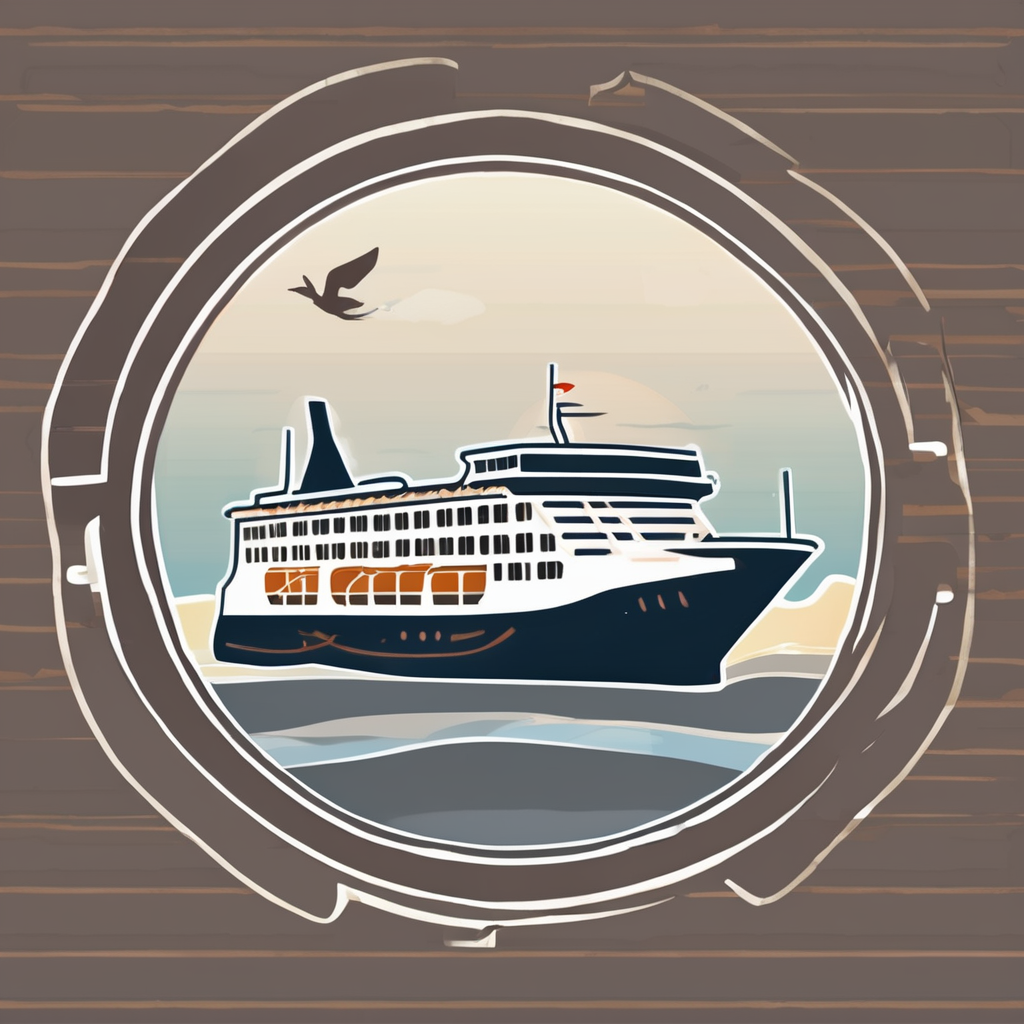Essential Features of Navigation Systems for Urban Driving
In bustling urban environments, navigation systems play a crucial role in ensuring smooth commutes. One of the essential features is real-time traffic updates, which help in mitigating congestion. These updates provide drivers with accurate and timely information, allowing them to adjust their routes accordingly and avoid traffic snarls.
Apart from traffic updates, integration with local points of interest (POIs) enhances urban driving. Systems that inform you about nearby fuel stations, eateries, and parking spaces make the city driving experience more convenient and enjoyable. This feature is particularly beneficial for drivers unfamiliar with a specific area, as it allows them to easily locate amenities.
A lire également : Maximize Your Tire Lifespan: Must-Know Wheel Alignment Advice for UK Motorists
Another crucial aspect is having a user-friendly interface. A system that’s easy to navigate, with clear visuals and intuitive controls, reduces driver distraction and enhances safety. Clear instructions and simple design allow drivers to focus on the road while remaining informed about their routes.
Together, these features form the backbone of an effective urban navigation system. They ensure not only the efficiency of commuting but also the safety and comfort of drivers navigating through complex cityscapes.
Cela peut vous intéresser : Unveiling top strategies for ensuring wheel alignment accuracy in british vehicles
Factors Affecting Route Efficiency in City Commutes
Navigating urban landscapes requires dynamic planning for route efficiency. One essential aspect involves analyzing various route options. Considering multiple possibilities can greatly enhance commuting experiences by allowing flexibility in decision-making. When evaluating traffic conditions, traffic management tools come into play. These systems utilize real-time data to assess congestion and recommend optimal routes. Such proactive analysis helps drivers avoid unexpected delays.
Analyzing Route Options
By assessing different routes, drivers can navigate more effectively through city commutes. Different navigation systems offer diverse functionalities, catering to varying needs and preferences. Advanced systems feature prediction models that incorporate historical traffic data, enabling smarter route selection.
Evaluating Traffic Conditions
Traffic conditions constantly shift, necessitating continual adjustments in route planning. Real-time traffic management tools support this by offering up-to-the-minute updates. They empower drivers to remain informed and adapt swiftly to changes, ensuring route efficiency.
Identifying Alternative Routes
Identifying alternative routes is integral for a smooth commute. Systems that can dynamically adjust based on traffic flow provide significant advantages. By comparing different navigation systems, users can determine which offer the most efficient solutions tailored to city commutes.
Compatibility and Integration with Devices
In the realm of device compatibility, navigation systems must seamlessly integrate with various gadgets. Today’s drivers depend on multiple devices, from smartphones to in-car displays, making multi-device compatibility essential. Systems like Google Maps and Waze exemplify this by offering applications that synchronize across platforms. This ensures that a route planned on a computer can be easily accessed from a mobile device, providing convenience and flexibility.
App integration plays a pivotal role in delivering real-time updates. Downloadable navigation apps embedded in smartphones facilitate instant traffic information and alerts. With the advent of connected car technology, these applications can now also interface directly with vehicle dashboards, enhancing the driving experience.
Various systems exhibit diverse compatibility features. Apple CarPlay and Android Auto lead the industry with seamless integrations, allowing users to utilize their phone’s interface while staying focused on the road. Other popular systems have also embraced these categories, often expanding capabilities through third-party apps.
In sum, successful integration with devices not only broadens the scope of usability but also maximizes safety and efficiency for urban commuters. This makes navigation systems more versatile and responsive, meeting modern needs and expectations.
Navigation Tools Tailored for Urban Environments
In urban landscapes, navigation tools must adapt to the unique demands of city dwellers. These include features that support both pedestrian and cyclist navigation. Tools like Google Maps provide dedicated routes for non-vehicle commuters, promoting safer and more efficient city transit. Such features take into account pedestrian-only zones and bike lanes, ensuring comprehensive coverage.
Pedestrian and Cyclist Navigation Features
Pedestrians and cyclists benefit from features specifically structured for their needs. For pedestrians, walkable routes with safety highlights and amenities are essential. Cyclists are assisted by paths that ensure smooth rides and avoid high-traffic areas. These tools use real-time data to suggest optimal and safe routes.
Voice-Activated Navigation Systems
In bustling urban areas, voice-activated navigation systems enhance driving safety. By allowing hand-free operation, they help drivers stay focused on the road. Voice commands streamline route adjustments and destination searches without distraction. Navigation systems like Apple’s Siri and Google Assistant lead with highly responsive voice integration.
Offline Navigation Capabilities
Offline capabilities provide an indispensable service for urban drivers. When connectivity fails in dense city areas, offline maps ensure continuous navigation. Applications like HERE WeGo and Maps.me offer extensive offline functionalities, crucial for areas with poor reception or data limitations.
Comparison of Leading Navigation Systems for Urban Commuting
When it comes to urban commuting, choosing the right navigation system can greatly enhance your travel experience. To compare navigation systems, it’s essential to look at features adapted to bustling city environments. Many navigation apps like Google Maps, Apple Maps, and Waze offer varying benefits according to user needs.
These systems provide accurate real-time updates, vital for avoiding delays in urban areas with heavy traffic. For example, Waze is known for its community-driven, live traffic alerts. Apple’s Siri integration and Google’s voice commands facilitate hands-free operation, an essential feature for commuter safety.
However, each system also has weaknesses. Google Maps, though feature-rich, can be resource-intensive on devices, while Apple Maps lacks some global coverage. Essentially, selecting the best navigation app involves analysing your specific urban commuting needs, such as whether you prioritize accurate traffic data or functional offline maps.
Ultimately, user feedback often highlights the ease of use and reliability, emphasizing how real-world experiences shape these systems’ efficiency in the city. Such insights are invaluable in understanding from where certain apps excel or require improvement, guiding users in making informed decisions.

No responses yet